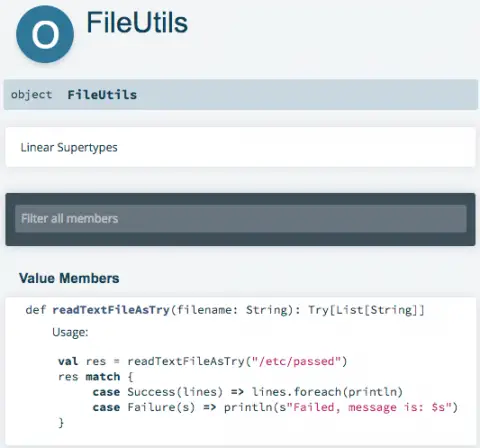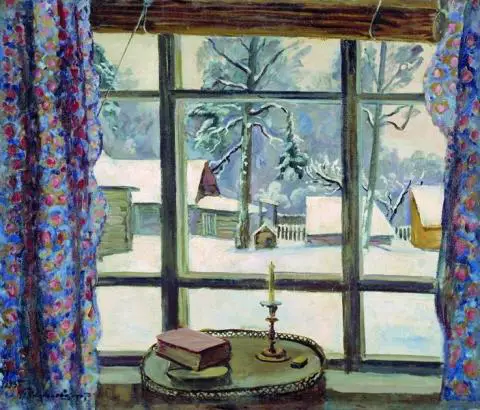In this interview, the interviewer (Steph) asks Shinzen Young about his daily life, and whether he applies any sort of techniques during his normal day. That eventually leads to him saying:
The biggest change is that I don’t have a preference between enlightenment and non-enlightenment. (Note: This is a big change from when he was younger.)
Then, if I’m intending to meditate — in action, in life, like I’m talking to you now ... now I just started to intentionally meditate as we’re talking.
And I typically meditate in the external visual field, and I’m typically meditating on the process of simultaneous expansion and contraction, causing the world in front of me to arise and then disappear. So I’m now applying a formal technique (as we talk).
Interviewer: So I’m arising and disappearing right now.
(Yes) You’re arising and disappearing from the source, moment by moment. Therefore, you appear to me to be the Source. And therefore, very effortlessly, loveable.
Interviewer: I’ll take it.



